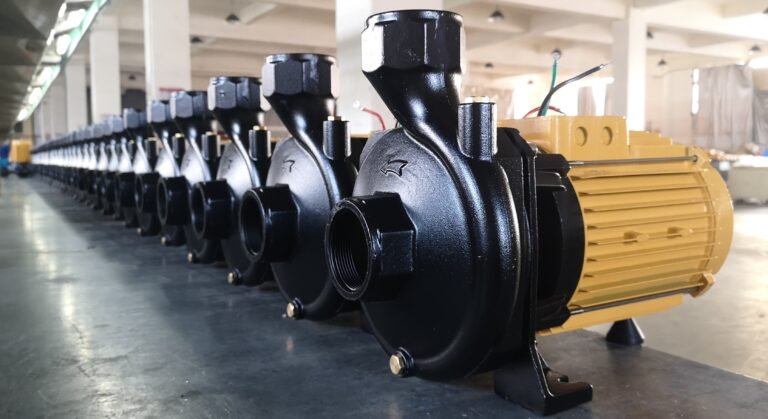Pressure Booster Pumps Applications and Benefits
Understanding the Pressure Booster Pumps Applications and Benefits
What is the purpose of a water pressure pump?
Pressure Booster Pumps Applications and Benefits : Primarily, these pumps are designed to increase the pressure of water flowing through the plumbing system, making them indispensable for homes, especially those utilizing well water systems. By boosting water pressure, these pumps ensure a more effective water delivery to all fixtures within the household, addressing issues such as weak showers or slow-filling washing machines.
One common household application of water pressure booster pumps is pressurizing water from storage tanks.
In residential settings where water is stored in tanks, whether for rainwater harvesting or due to low municipal water pressure, these pumps ensure that water is delivered at a consistent and adequate pressure throughout the home. This is particularly beneficial in larger homes with multiple bathrooms and high water demand, where maintaining consistent water pressure can be challenging.

What is the difference between pressure pump and water pump?
In commercial settings, the applications of pressure booster pumps are extensive. Multi-story buildings, for example, often rely on these pumps to ensure that water reaches the upper floors with sufficient pressure. This is vital for maintaining the functionality of all water fixtures in high-rise structures. Similarly, municipalities use these pumps to guarantee consistent water delivery across diverse areas, addressing the varying elevations and demands within a community.
In agriculture, booster pumps play a pivotal role in irrigation systems, ensuring that water is delivered efficiently to crops across expansive fields. This ensures optimal growth conditions and maximizes crop yields. Moreover, these pumps support the functionality of sprinkler systems and water fountains, which require consistent water pressure to operate effectively.
Additionally, booster pumps are often used in conjunction with condensate pumps for commercial ice machines, ensuring that these machines operate smoothly and efficiently. Given the versatility and wide range of applications, both residential and commercial, having a water pressure booster pump installed can significantly enhance water delivery systems, making them a valuable addition to almost any property.
The difference between high pressure pump and low pressure
Pressure booster pumps and standard water pumps serve distinct roles and are designed with different technical specifications to meet varying demands.
One of the primary technical differences between these two types lies in their speed, head, and specific speed. High-pressure booster pumps typically have smaller specific speeds and greater heads at the same flow rates compared to standard water pumps. This means that pressure booster pumps are specifically engineered to handle higher pressures while maintaining consistent flow, making them suitable for applications requiring significant pressure increases.
The materials used for constructing the pump body and shaft also differ. High-pressure booster pumps often employ more robust materials such as stainless steel or cast iron to withstand the stresses associated with high-pressure operations. In contrast, standard water pumps might use less durable materials, suitable for lower-pressure environments. The size and volume of these pumps also reflect their differing roles. High-pressure booster pumps are generally larger and heavier, designed to accommodate the high-pressure mechanisms within.
high pressure pump and low pressure
Understanding the distinctions between high-pressure and low-pressure pumps further clarifies their applications.
Low-pressure pumps, often centrifugal in nature, operate with a rated head between 1 and 100 meters. These are sufficient for general water transfer tasks. In contrast, medium, high, and ultra-high-pressure pumps are engineered for specialized applications requiring higher pressures. For instance, high-pressure booster pumps are essential in industries where maintaining a constant and high water pressure is critical, such as in high-rise buildings, irrigation systems, and industrial processes.

Common Pressure Booster Pumps Applications
The operation of booster pumps hinges on centrifugal mechanisms, involving a motor, impeller, and pressure-sensing devices. The motor powers the impeller, which spins to create centrifugal force, moving water through the pump and increasing its pressure. Pressure-sensing devices ensure that the pump operates efficiently, adjusting the motor speed as needed to maintain the desired pressure. This sophisticated integration of components ensures that pressure booster pumps deliver reliable performance in high-demand scenarios.
If you need help choosing the right type of booster pump, we’re here to help! Just contact us:
We provide not only water pumps, but solutions for the users.
Our range of products includes:
- Peripheral pumps
- Centrifugal pumps
- JET self-priming pumps
- Self-suction pumps








